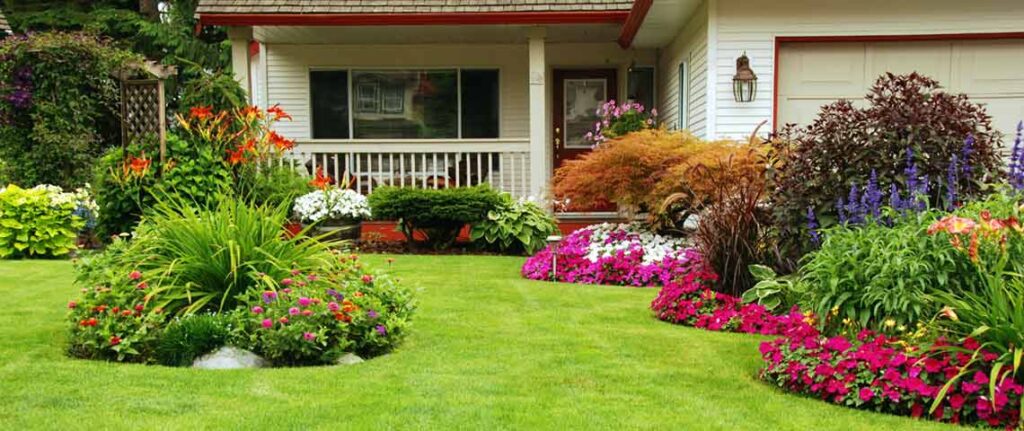Preparing your yard for spring is essential to ensure a healthy and vibrant outdoor space. Here are some general tips to help you get started:
- Clean Up Debris:
- Remove any debris that has accumulated over the winter, such as dead leaves, branches, and other litter. This allows sunlight and air to reach the soil and promotes healthy growth.
- Rake and Dethatch:
- Rake the lawn to remove dead grass and thatch. Thatch is a layer of dead grass and roots that can prevent water and nutrients from reaching the soil. Dethatching can be done using a specialized rake or machine.
- Aerate the Soil:
- Aerating the soil helps improve the circulation of air, water, and nutrients to the grass roots. You can use a manual or mechanical aerator to perforate the soil.
- Check and Amend the Soil:
- Test the soil pH and nutrient levels. Based on the results, you may need to amend the soil by adding organic matter, compost, or specific fertilizers to ensure optimal conditions for plant growth.
- Prune Trees and Shrubs:
- Trim back overgrown branches and remove any dead or damaged wood from trees and shrubs. This promotes healthy growth and enhances the appearance of your landscape.
- Inspect and Repair Irrigation Systems:
- Check your sprinkler system for any leaks, clogs, or damaged components. Ensure that the system is functioning properly and adjust the settings for the upcoming growing season.
- Fertilize:
- Apply a balanced fertilizer to encourage healthy growth in your lawn and plants. Choose a fertilizer that is appropriate for the specific needs of your grass and plants.
- Seed and Sod:
- If there are bare patches in your lawn, overseed those areas to promote new grass growth. Consider laying sod in areas where the grass is thin or patchy.
- Weed Control:
- Remove weeds by hand or use an appropriate herbicide to prevent them from taking over your lawn and garden. Be sure to follow the instructions on the herbicide label.
- Mulch Flower Beds:
- Apply a layer of fresh mulch to flower beds to help retain moisture, suppress weeds, and regulate soil temperature.
- Clean and Inspect Garden Tools:
- Ensure that your gardening tools, such as shovels, pruners, and hoes, are clean and in good condition. Sharpen blades and replace any tools that are damaged.
- Plan and Plant:
- Plan your spring garden and start planting seeds or young plants as appropriate for your climate and region. Consider adding new flowers, shrubs, or vegetables to enhance your garden’s diversity.
- Remember that specific tasks may vary depending on your location, climate, and the specific needs of your yard. Adjust these general tips accordingly for the best results in your area.

